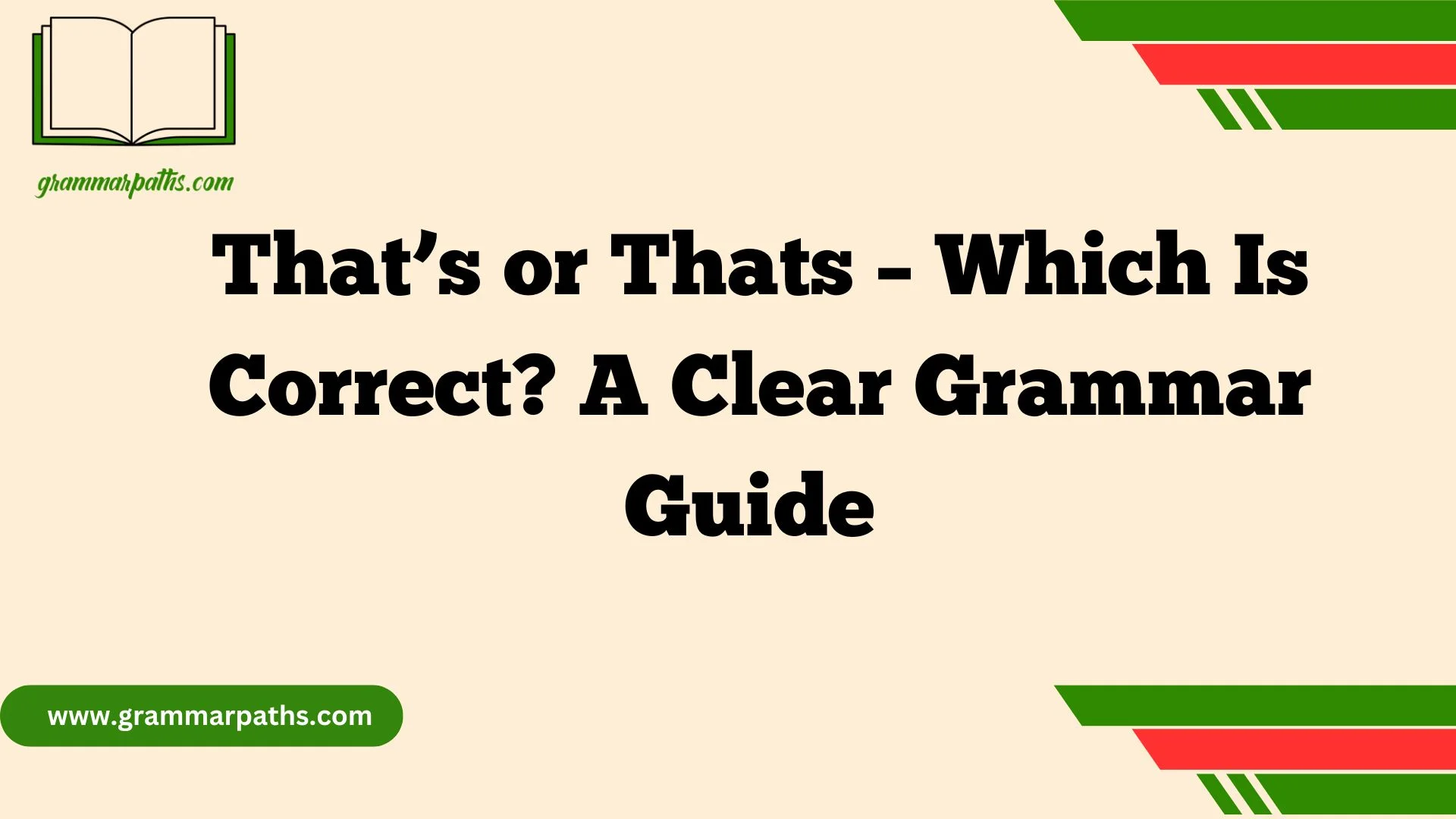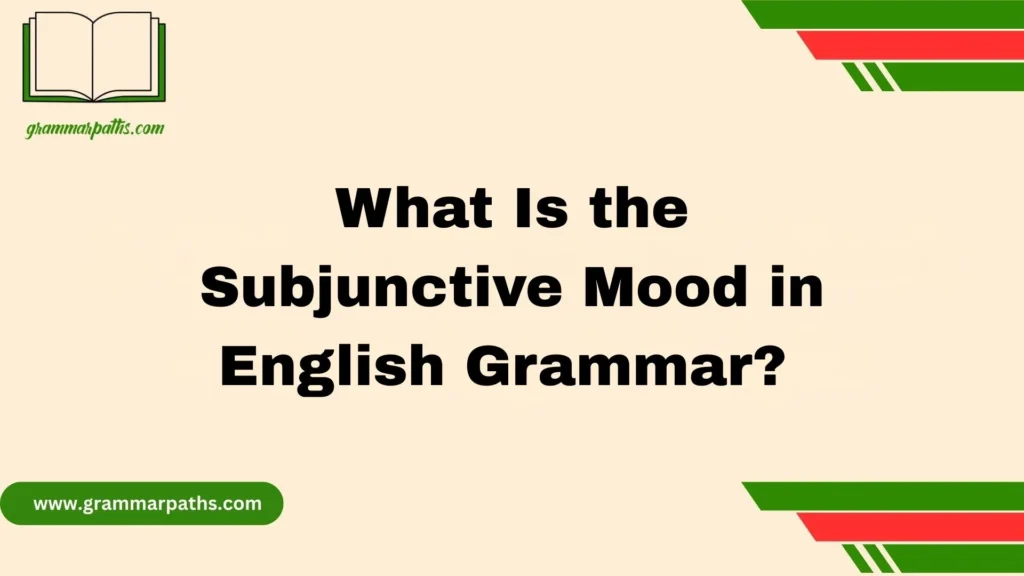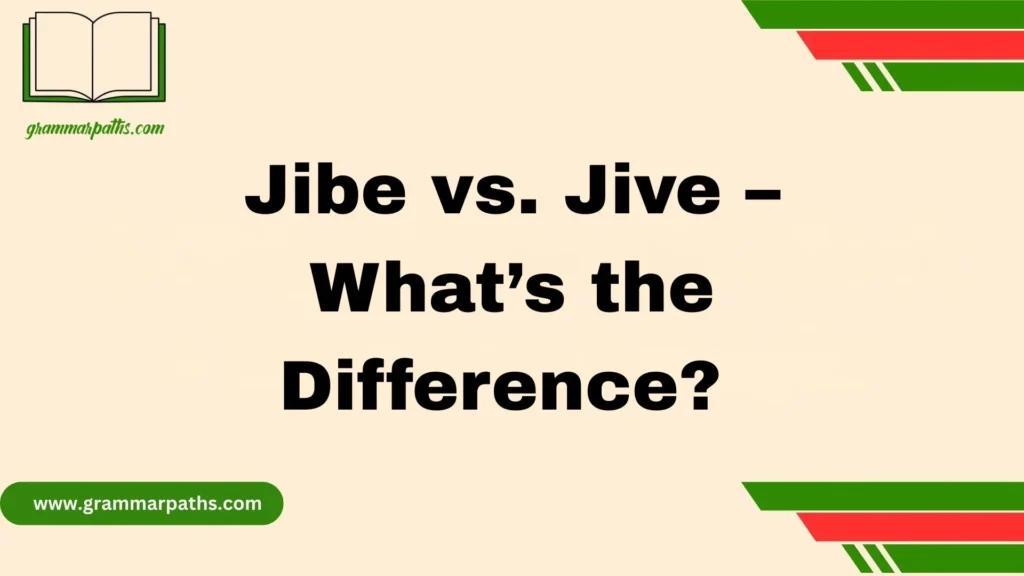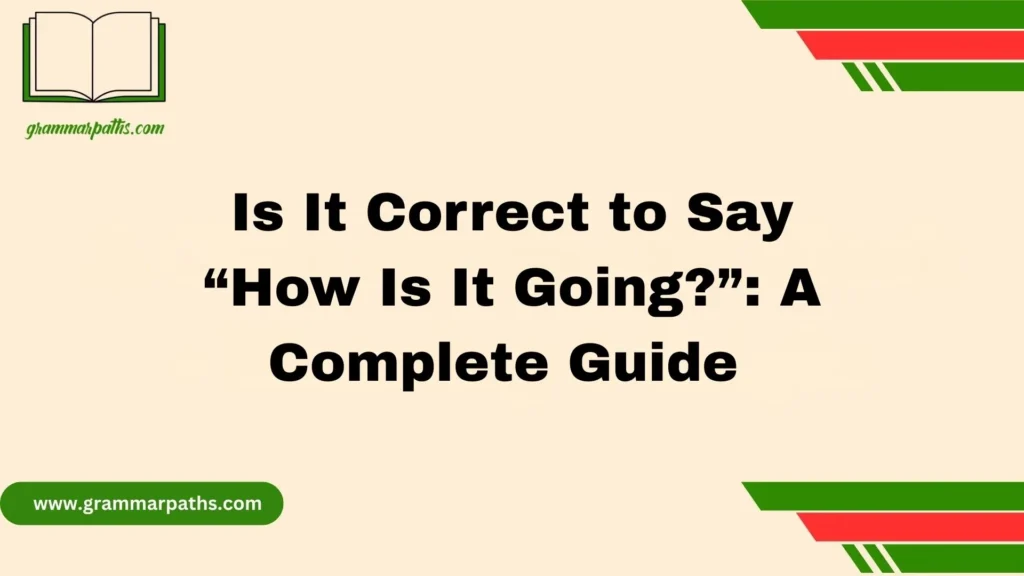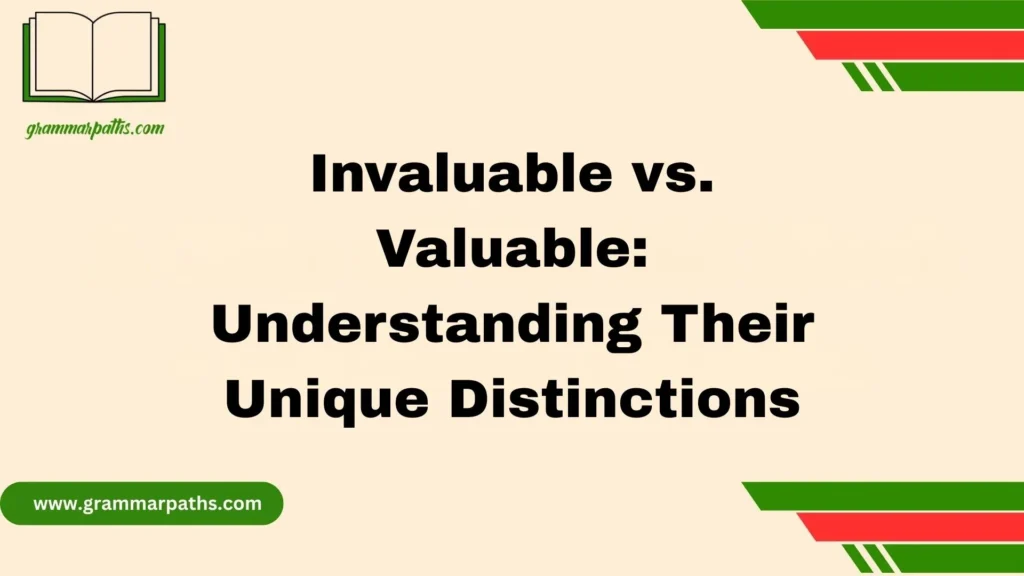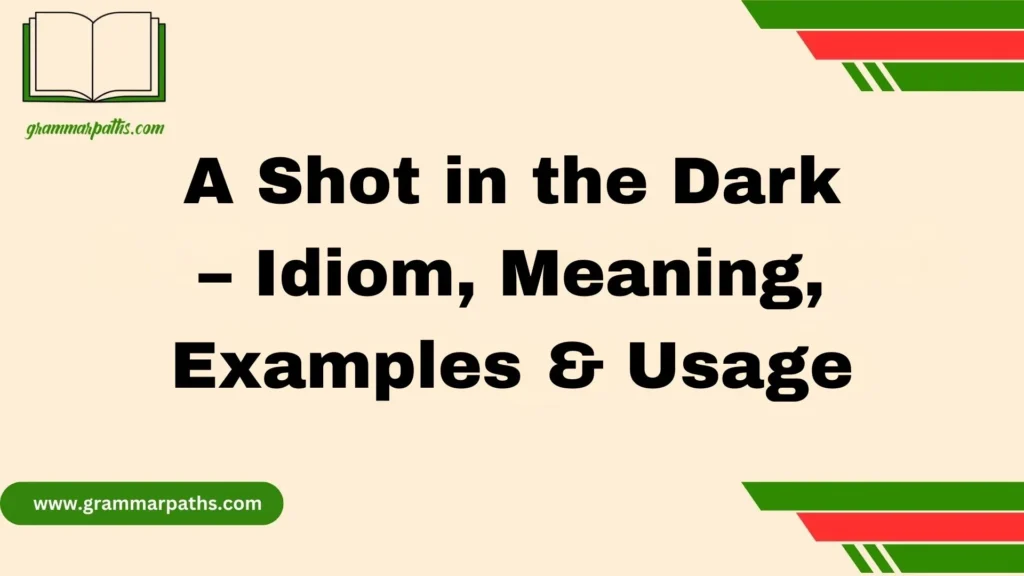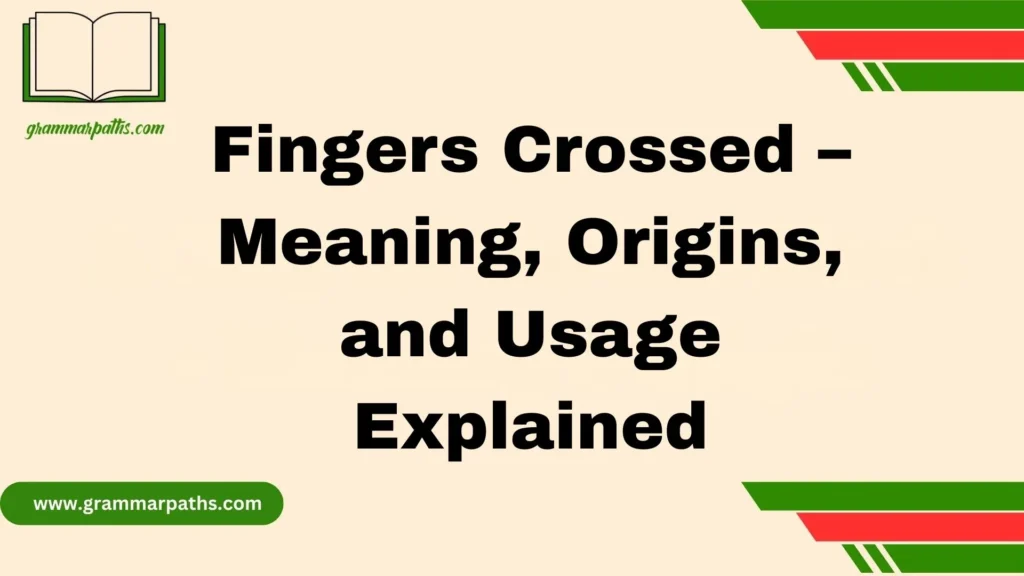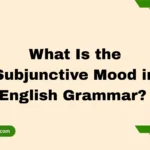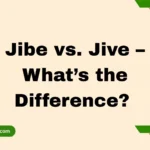When it comes to everyday English, small words can create big confusion. One such example is the use of “That’s” or “Thats.” If you’ve ever found yourself wondering which is correct, you’re not alone. Understanding the difference between these two is important for clear and grammatically correct writing. The short answer? “That’s” is correct, and “Thats” is a common spelling error caused by omitting the apostrophe.
“That’s” is a contraction of “that is” or “that has,” making it a useful tool in both casual speech and written communication. On the other hand, “Thats” without an apostrophe has no proper use in standard English—it’s simply incorrect. Many people confuse the two due to fast typing, autocorrect errors, or misunderstanding how contractions in English work.
In this post, we’ll break down the usage of “That’s,” explain why “Thats” is not grammatically valid, and provide plenty of examples to help you use the correct form in your writing. By understanding this common mistake, you’ll avoid unnecessary errors and improve your English grammar skills. Whether you’re writing an email, a social media post, or an academic paper, knowing the correct form of That’s vs. Thats matters more than you might think.
Quick Answer – “That’s” Is Correct, “Thats” Is Not
The short version?
- ✅ That’s = contraction of “that is” or “that has”
- ❌ Thats = not a word in standard English
You’ll never see “thats” used correctly in professional writing. If you do, it’s a typo or grammatical error. Think of it this way: the apostrophe replaces missing letters, and without it, the word simply doesn’t make sense.
“That’s a great idea!” = “That is a great idea.”
“That’s been done before.” = “That has been done before.”
If your sentence doesn’t make sense when you expand “that’s,” you’re likely using it wrong.
What Does “That’s” Mean?
“That’s” is a contraction, which means it combines two words by replacing certain letters with an apostrophe. It represents either:
- That is
- That has
Let’s explore both meanings:
1. “That’s” = That is
This is the most common use. You’ll hear it in everyday conversation, informal writing, and even business communications.
Examples:
| Sentence | Expanded |
| That’s amazing! | That is amazing! |
| That’s what I thought. | That is what I thought. |
| That’s the place I mentioned. | That is the place I mentioned. |
2. “That’s” = That has
This version is often used with the present perfect tense.
Examples:
| Sentence | Expanded |
| That’s been a while. | That has been a while. |
| That’s gone too far. | That has gone too far. |
| That’s changed a lot. | That has changed a lot. |
When using “that’s,” try replacing it with “that is” or “that has.” If the sentence still works, you’ve used it correctly.
Why “Thats” Is Always Incorrect
“Thats” is not a word. It’s a common typo or misunderstanding of contractions. English doesn’t allow combining “that” with “is” or “has” without using an apostrophe.
Here’s why it matters:
- Professionalism: Incorrect grammar can damage your credibility.
- Clarity: Readers may misinterpret your sentence or stumble while reading.
- Searchability: Search engines favor grammatically correct content.
Common Mistakes with “Thats”
Let’s look at frequent errors people make and how to fix them.
| ❌ Incorrect | ✅ Correct | Why? |
| Thats cool. | That’s cool. | “That is cool.” Needs the apostrophe. |
| I think thats fine. | I think that’s fine. | Contraction of “that is.” |
| Thats been fixed. | That’s been fixed. | “That has been fixed.” Requires apostrophe. |
When in doubt, say the sentence out loud. If you’re naturally saying “that is” or “that has,” then you need the apostrophe.
Examples of “That’s” in Real Sentences
Using “that’s” correctly in context is the best way to master it. Here’s a variety of real-life examples across different tones and platforms:
Casual Conversation
- “That’s hilarious!”
- “That’s exactly what I was thinking.”
Email Writing
- “That’s a great point you raised in the meeting.”
- “That’s already been submitted to the client.”
Business or Professional Use
- “That’s not within our current budget range.”
- “That’s a strategic move, considering the data.”
Social Media
- “That’s the energy I’m bringing into this week. 💪”
- “That’s it. That’s the post.”
Creative Writing
- “That’s when I knew everything had changed.”
- “That’s how legends are born.”
These examples cover a spectrum of usage, showing how versatile and useful “that’s” can be when used properly.
Easy Memory Tricks to Remember “That’s”
Sometimes, grammar rules stick better when we use a little creativity. Here are a few tried-and-true memory tricks:
1. Apostrophe = Missing Letters
If you’re squishing two words together, something has to go missing. The apostrophe shows that.
- “That is” → That is → “That’s”
- “That has” → That has → “That’s”
No apostrophe? No contraction.
2. Say It Out Loud
When you’re unsure, try reading the sentence aloud:
- “Thats great.” → does “That is great” sound natural?
- Yes? Then you need the apostrophe: “That’s great.”
3. Quick Rule of Thumb
If you can replace it with “that is” or “that has,” use “that’s.” Otherwise, don’t.
When You Might See “Thats” Online (And Why You Shouldn’t Imitate It)
With texting, social media, and informal chat apps, you’ll see grammar get sloppy. That’s where “thats” shows up most.
Reasons for Incorrect Usage:
- Typing quickly
- Autocorrect errors
- Lack of grammar education
- Character limits (especially in SMS or tweets)
While it might be common, it’s not correct. And if you’re writing professionally, academically, or trying to build authority online, grammar does matter.
FAQs:
When to use thats and that’s?
“That’s” is a contraction of “that is” or “that has”, used in informal writing.
“Thats” is incorrect—there is no valid standalone word spelled “thats.”
Is it grammatically correct to say “that that”?
Yes, it’s correct when the sentence structure demands it—like in “I know that that answer is correct.”
The first that is a conjunction, and the second is a demonstrative adjective.
How do you use that correctly?
Use “that” to introduce clauses, point out specific things, or as a pronoun.
Examples: “That is my car” or “She said that he was late.”
Is that’s “that has” or “that is”?
It can mean either, depending on the context.
Example: “That’s amazing” = that is; “That’s been decided” = that has.
When is that correct to use?
Use “that” for identifying information in a sentence, especially in restrictive clauses.
Example: “The book that you gave me was great.”
Is there grammatically correct?
Yes, “there” is correct when referring to a place or used as a subject placeholder.
Examples: “There is a dog outside” or “We went there yesterday.”
Conclusion:
n conclusion, the difference between “That’s” and “Thats” is all about proper punctuation and understanding English contractions. The correct form is always “That’s,” which is a shortened version of “that is” vs “that has.” The version without the apostrophe—“Thats”—is simply incorrect in standard grammar and should be avoided in all forms of writing.
By using “That’s” correctly, you ensure your sentences are clear, professional, and grammatically sound. It might seem like a small detail, but mastering these kinds of distinctions is essential for improving your writing and communication skills. The apostrophe makes all the difference—so whenever you’re in doubt, remember to ask yourself: “Am I shortening ‘that is’ or ‘that has’?” If the answer is yes, then “That’s” is the way to go.

Grace Marie is the dedicated writer behind GrammarPaths.com, where she shares her passion for English grammar, idioms, and writing mastery. With a strong background in language studies and years of experience helping learners improve their communication skills, Grace creates clear, practical, and engaging content that makes English easy to understand.
